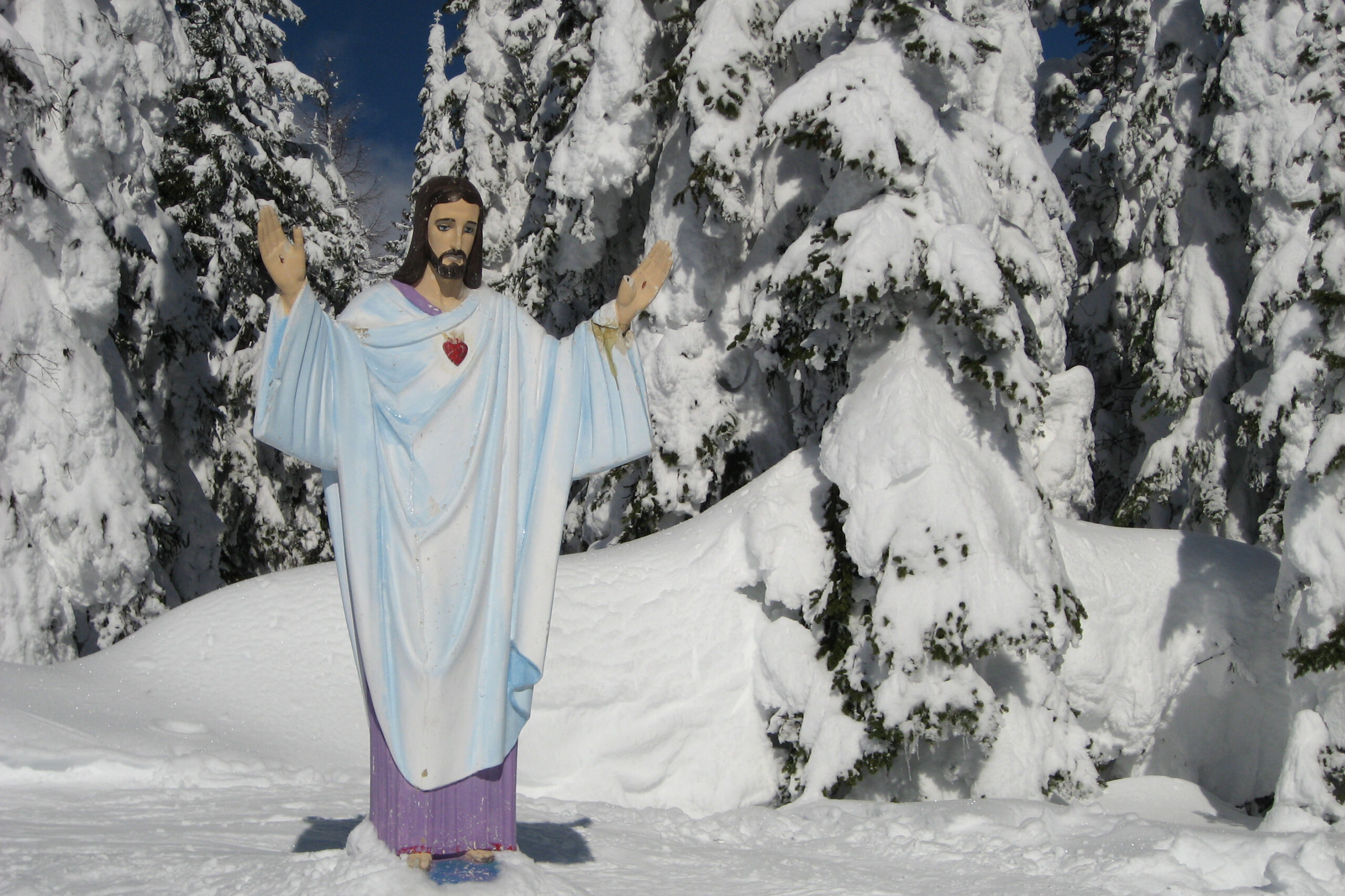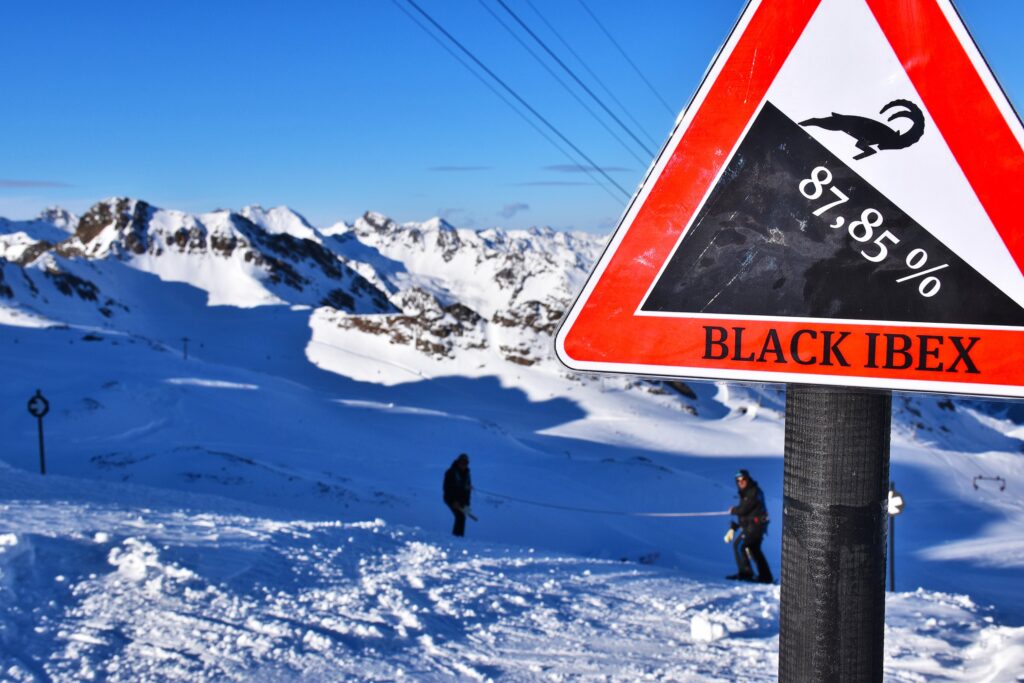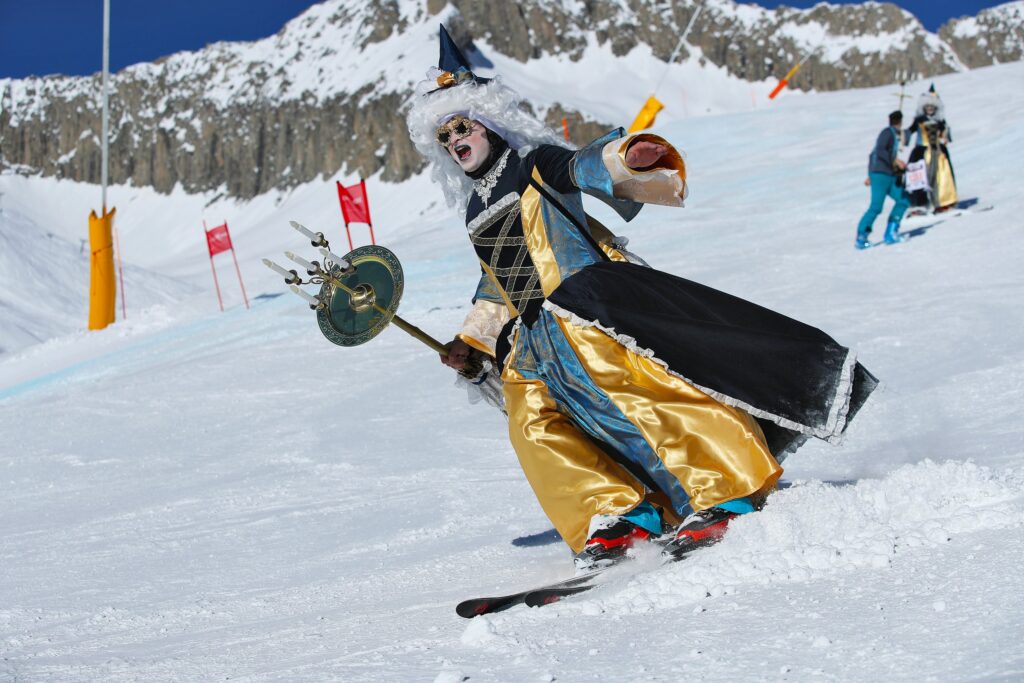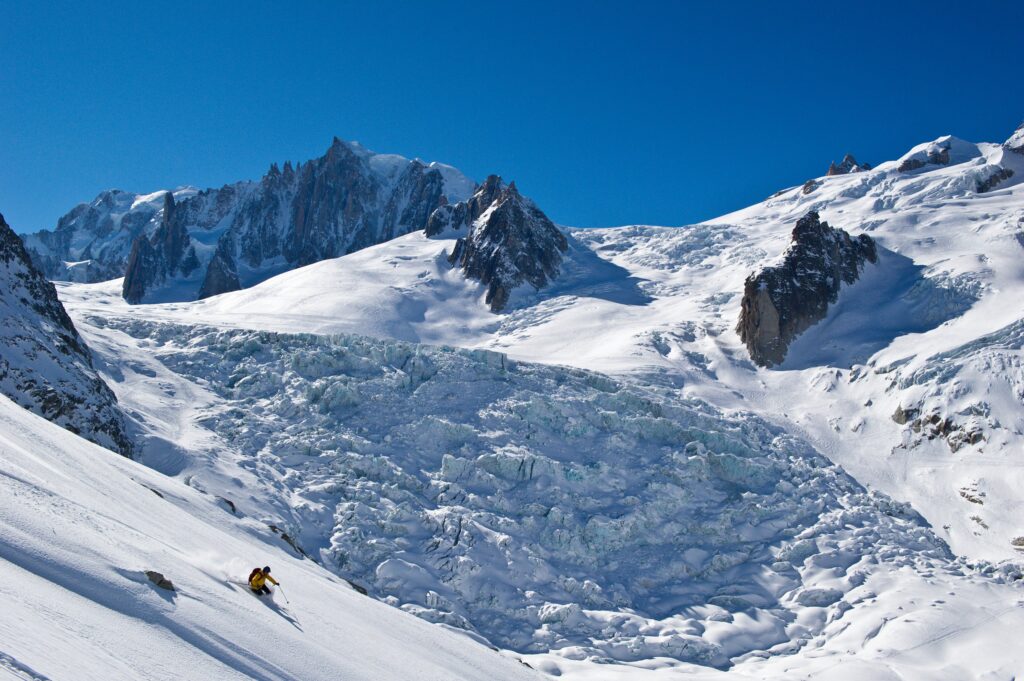World’s most remarkable ski runs
10 of the best spots from Patrick Thorne's new book 'Around The World In 50 Slopes'


Patrick Thorne has been studying the world’s most unusual ski destinations for almost 40 years. His new book Around The World In 50 Slopes brings together some of the most remarkable runs he’s uncovered from all that research… and here he’s narrowed it down further to 10 of the best.
“What’s the world’s steepest slope?” is one of those après-ski bar arguments that can go on forever. Groomed run or off-piste (which could be anything with snow on, really)? The whole slope or its steepest bit? Does a cliff drop count? Then you have the added complication some measure in degrees, others by percentage. Austrian resorts have tried to outdo each other in recent years, with marketing claims and exciting names like Diablo, Harakiri and Black Mamba. Currently, the statistical winner though is the short, sharp Black Ibex run, pitching at a fairly constant 87.85% (41.3°) at the Kaunertal glacier that sits on the Italian border in the Austrian province of Tirol.
Riksgränsen, 200km north of the Arctic Circle and with a ski season that runs from March to June, is often considered the world’s most northerly ski centre and in some ways, it is – if you want the full ski resort experience. There is though, a one-lift ski area some 700km further north on Norway’s North Cape looking out over the sea. Nordvågen’s season usually begins in late January when the sun reappears on the horizon after two months below it. The 837m-long run is floodlit, as even then there’s not much daylight. There is a more northerly ski lift though, at Spitzbergen in the Svalbard Islands. This is a short lift for children though and most skiers head here for the incredible ski touring opportunities, not the lift.
Like most of our nominees, this one is open to debate. There was a T-bar lift installed at Villa Las Estrellas (population 80) in the Chilean bit of Antarctica in the 1980s, which might qualify if it was still operational, and the current world’s most southerly ski area, Cerro Castor in South America’s southern Tierra del Fuego province is a long way from most other ski areas. But I’m plumping for Afriski in Lesotho, southern Africa, which appears to be at least 5,000 miles in all directions from the next area with a ski lift. There’s a caveat, inevitably – there is or was a South African ski area, Tiffindell, a mere 500km away, but it has been out of action for three years and it’s unclear if it will reopen.
With the way energy prices have shot up we’re not sure if they’re regretting it, but, searching for an attraction that would put it on the map in the very competitive market of European ski areas, in 2019 Italy’s Aprica ski resort decided to invest in installing floodlighting along the 6km length of its Superpanoramica ski run, an easy trail that descends 700 vertical metres. The €1m project was delayed by pandemic lockdowns but finally opened last winter. Hopefully, they fitted low-energy bulbs.
Long ago a witch fell in love with a pious man living in the Swiss ski village of Belalp. In a series of unfortunate (but entirely plausible) events, the witch found herself flying down the mountain from her cauldron cookery spot at the top, disguised as a crow. Naturally enough, in bird form, she lost control of her bowels just as she reached her hubby who was up a tree picking apples. The offending movement fell in his eye as he looked to the skies in prayer, blinding him, and he sadly fell to his death. Belalp thought the best way to commemorate this horrific tragedy was to create a ski run, and a rather good one, that traces the witch-crow’s flight route from below. For the full effect though, visit during the annual January witches week when hundreds arrive to ski in witch attire.



Along with ‘steepest’, the fastest slope is another good one to argue about in the bar. Probably the strongest candidate would have to be the flying kilometre speed skiing course at the French resort of Vars, where multiple speed skiing world records have been set, including, most recently, on 26 March, 2016, when Italy’s Ivan Origone and Valentina Greggio set men’s and women’s records of 254.958 km/h (158.424 mph) and 247.083 km/h (153.530 mph) respectively. But for the fastest ‘regular’ run a good candidate is the route of the Lauberhorn in Switzerland, which is open to all after race day and has seen racers top 161kmh (100mph).
There are a few candidates for the longest run depending on what rules you apply, but the consensus is that when it comes to lift-accessed, nothing really comes close to the Vallée Blanche. If you’re lucky and get guided all the way back down to Chamonix we’re talking 20km-ish and a 2,800m vertical descent. The problem is few people can make the full descent and usually end below Montenvers, From here, in the 1990s, there were three steps then you boarded a short gondola up to the railway station. 30 years later, thanks to climate change, those three steps have grown to over 550 as the glacier has melted away – quite the leg ache after the long run. gA €54m project will open for the ’23-24 season 700m up the slope with easier access out, making the world’s longest run a little shorter for most of us though.
Cheese is a big part of many of our trips to the Alps and cheese farming is often the biggest business in ski resorts next to tourism. There’s nowhere where that’s more the case than in the French Aravis region, where over a hundred small farms around the ski resorts of Le Grand Bornand and La Clusaz produce Reblochon cheese, a key ingredient of tartiflette. La Clusaz is so proud of its cheese that they’ve created the 2.5km-long Reblochon piste, celebrating the farming culture. Apart from being a lovely, scenic slope, there are games and artworks along the way celebrating the region’s 800-year farming history.
Those who have visited Sierra Nevada above the ancient Moorish city of Granada in Spain’s Andalusia will know what a remarkable place it is. Spain’s highest ski slopes climbing to 3,300m are often among Europe’s snowiest, but lie far from the rest of the country’s ski centres, mostly in the Pyrenees, and right by the Mediterranean coast. From the top to the mountain, where the long El Aguila run begins its descent, you can quite often see the North African coast across the sea.
The one thing to know about Big Mountain Jesus is that you don’t talk about Big Mountain Jesus, not if you’re in charge of marketing Whitefish Resort (formerly known as Big Mountain) in Montana. Big Mountain Jesus is a life-size statue of Christ that stands cheerfully by the top of Chair 2 on Ed’s Run and has done for 70 years, put there by a group of soldiers returning from WW2. But, while Big Mountain Jesus is popular with skiers, who pose for selfies with him, sometimes adorning him in ski kit, he’s very controversial as he’s on Federal land and the US First Constitution kind of bans religious symbols on public land. There have been lawsuits and it’s the controversy the ski resort doesn’t like, keen to stress the stature, though surrounded by their land, is on a separately owned island of land. Whatever. Big Mountain Jesus is still there looking down Ed’s Run.
‘Around The World In 50 Slopes’ is available now (Wildfire, £16.99)